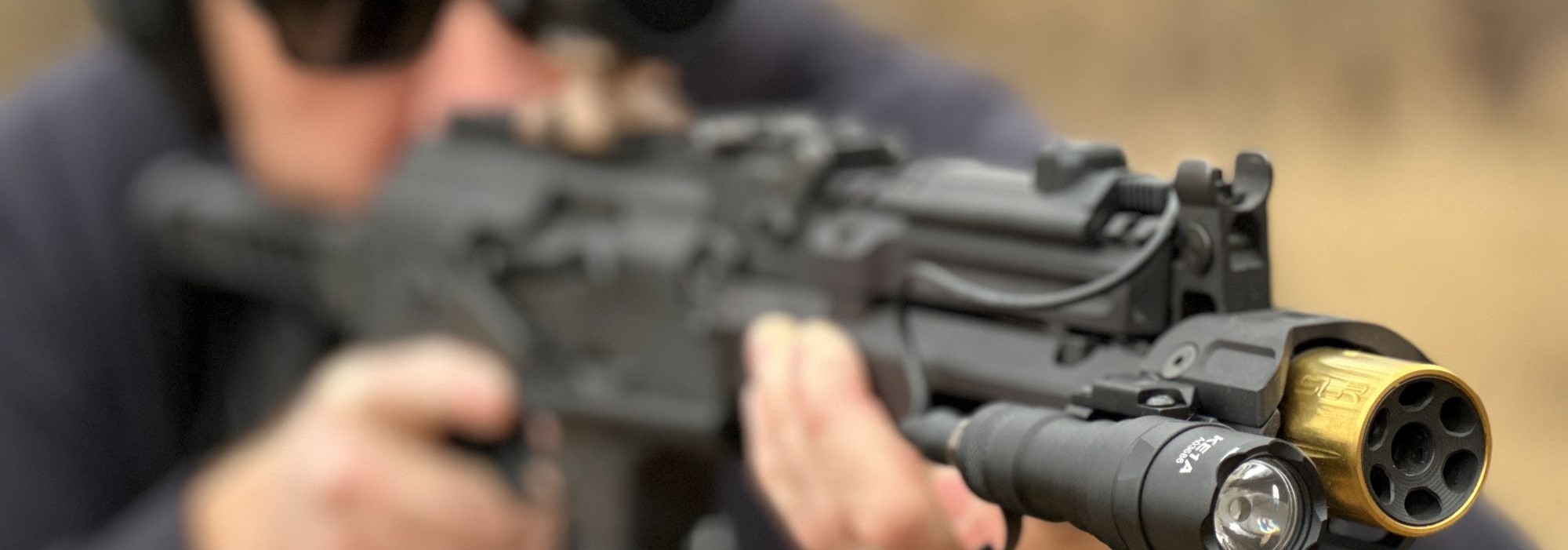A Shifting Landscape for Second Amendment Rights
Firearms law in the United States is changing. Significant legislative and judicial wins are happening for Second Amendment advocates. In all the rigmarole, there are two key events stand out. First, the “One Big Beautiful Bill” (OBBB) passed. It changes how certain National Firearms Act (NFA) items are taxed. Second, the federal government backed away from its pistol brace rule. These are not small changes. They are major steps forward for individual liberty. They push back against years of too much regulation.
The NFA’s Foundation Crumbles: When Taxation Goes to Zero
The National Firearms Act: A Tax Scheme from the Start
The National Firearms Act (NFA) of 1934 began during Prohibition. Its goal was to fight gang crime, like the St. Valentine’s Day Massacre. Congress used its taxing power to create the law. The National Firearms Act of 1934 was called “An Act to provide for the taxation of manufacturers, importers, and dealers in certain firearms and machine guns, to tax the sale or other disposal of such weapons.”
The NFA was presented as a way to raise money. But its real goal, according to the NFA’s legislative history, was “to curtail, if not prohibit, transactions of NFA firearms”. This goal was met by a $200 tax stamp.
In 1934, this fee was much more significant than it is now. The issue gun owners have today is not just the fee, its the principle of it. The government is tracking our firearms ownership.
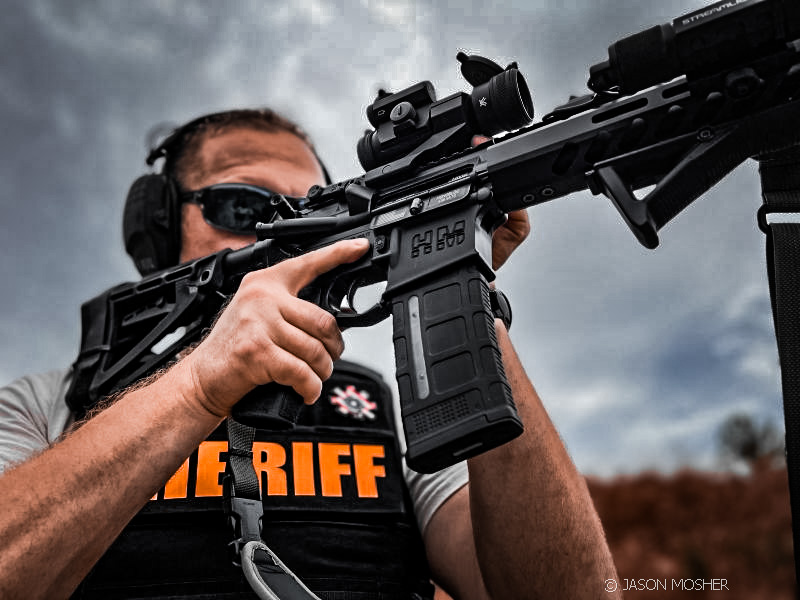
These included machine guns, SBRs, SBSs, AOWs, and silencers. The $200 fee has not changed since 1934. It was, as stated in the research, “quite prohibitive at the time (equivalent to $4,701 in 2024)”.
The NFA’s legislative history noted it was “considered quite severe” to discourage these firearm sales. The law also required registration of these firearms. This was tied to collecting the tax.
The NFA faced early legal challenges. In 1968, the Supreme Court’s Haynes decision said the registration rule for unregistered NFA firearms violated the Fifth Amendment.
Congress then passed Title II of the Gun Control Act (GCA) of 1968. This removed the possessor registration rule and added a provision. NFA application or registration data could not be used as evidence in criminal cases. This fixed the constitutional problem. Still, the core idea remained. The NFA was a tax law. Registration was linked to tax collection.
The “One Big Beautiful Bill” and the $0 Tax Stamp
The “One Big Beautiful Bill” (OBBB) is a huge change in federal gun policy. It passed in July 2025. The Second Amendment Foundation (SAF) and its partners stated the OBBB “eliminates the excise tax on silencers and short barreled rifles, short barreled shotguns and ‘Any Other Weapons,’ or AOWs”.
The tax on these items will drop to $0. This takes effect on January 1st, 2026. This law directly removes the financial barrier. This barrier has defined NFA ownership for almost a century.
For gun owners, this means no more fees, but the registration process stays, at least for now.
The Constitutional Challenge: Is a Registry Without a Tax Legal?
The NFA tax stamp is now $0. So, legal groups, especially Second Amendment organizations, are challenging the NFA’s registration rules. The Second Amendment Foundation (SAF) plans to “challenge the constitutionality of the NFA in Federal Court”.
Their main argument is strong. SAF Executive Director Adam Kraut stated, “The registration of these items was only justified as the means to ensure taxes on them had been paid. With the One Big Beautiful Bill zeroing out the tax for silencers and short barreled firearms, the registration scheme serves no other purpose. It is an unlawful barrier to keep people from exercising their Second Amendment rights.” Their goal is to “completely remove these barriers”. SAF founder and Executive Vice President Alan M. Gottlieb added that “total legislative elimination of the NFA” is also a fight.
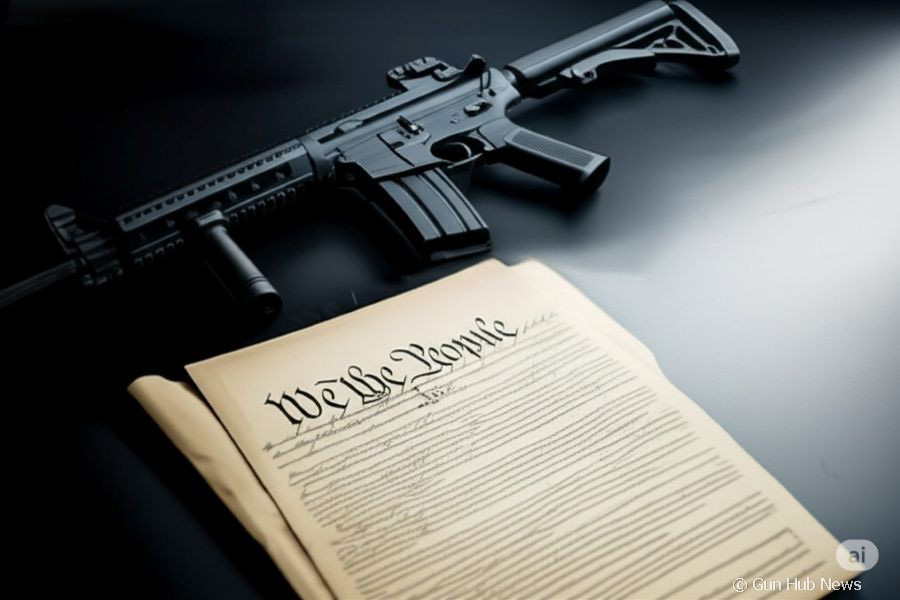
Legal experts agree that if the NFA “collapses” without a tax, the impact is “massive”. Suppressors might no longer require a stamp or registration. The SBR category, often called by legal experts “the most pointless distinction in American gun law,” could vanish.
Even SBSs and AOWs, according to legal experts, “would be legally neutralized”. This will not cause “chaos,” legal experts predict. Instead, it means “a roll back of decades of bureaucratic drag that’s never been tied to actual crime prevention”.
Anti-gun groups and “blue states” will likely resist. Legal experts suggest they might “lock down even tighter” in response to federal changes. But the legal path is clear. The NFA. without a tax isn’t the NFA. it’s just an old piece of paper with no legal teeth.
The OBBB’s tax elimination is set for January 1, 2026. This gives pro-gun legal challenges time to develop. They can secure rulings before the tax reduction starts. Second Amendment groups are already filing lawsuits.
They specifically mention the tax elimination. This creates a window for litigation. Groups can advance their legal arguments before the tax officially disappears. By 2026, there might be judicial precedent or a Supreme Court ruling. This proactive strategy aims to dismantle the NFA’s registration part. It seeks a lasting change in federal law.
Table 1: NFA Tax Stamp Changes Under the “One Big Beautiful Bill”
| NFA Item Category | Previous Tax Stamp ($) | New Tax Stamp ($) | Effective Date of $0 Tax |
| Silencers | $200 | $0 | January 1, 2026 |
| Short-Barreled Rifles (SBR) | $200 | $0 | January 1, 2026 |
| Short-Barreled Shotguns (SBS) | $200 | $0 | January 1, 2026 |
| Any Other Weapons (AOW) | $200 | $0 | January 1, 2026 |
Pistol Braces: A Resounding Victory Against Regulatory Overreach
The Pistol Brace Saga: From Aid to “SBR”
Pistol braces were made to support a shooter’s forearm. They help people with disabilities stabilize a pistol. This improves accuracy when shooting with one hand. But these devices became popular with many gun owners. They offered better control and accuracy.
The ATF has a long, often changing history with pistol braces. Since 2012, the agency issued many rulings. In 2017, the ATF said attaching a brace to a pistol did not make it an SBR. This allowed the gun industry to sell braced pistols widely. Estimates show 3 million to 40 million braces were in use.
This changed on January 13, 2023. The Attorney General signed ATF final rule 2021R-08F. It was called “Factoring Criteria for Firearms with Attached ‘Stabilizing Braces'”. This rule aimed to reclassify millions of braced pistols as SBRs. This would subject them to NFA rules, including registration and the $200 tax stamp.
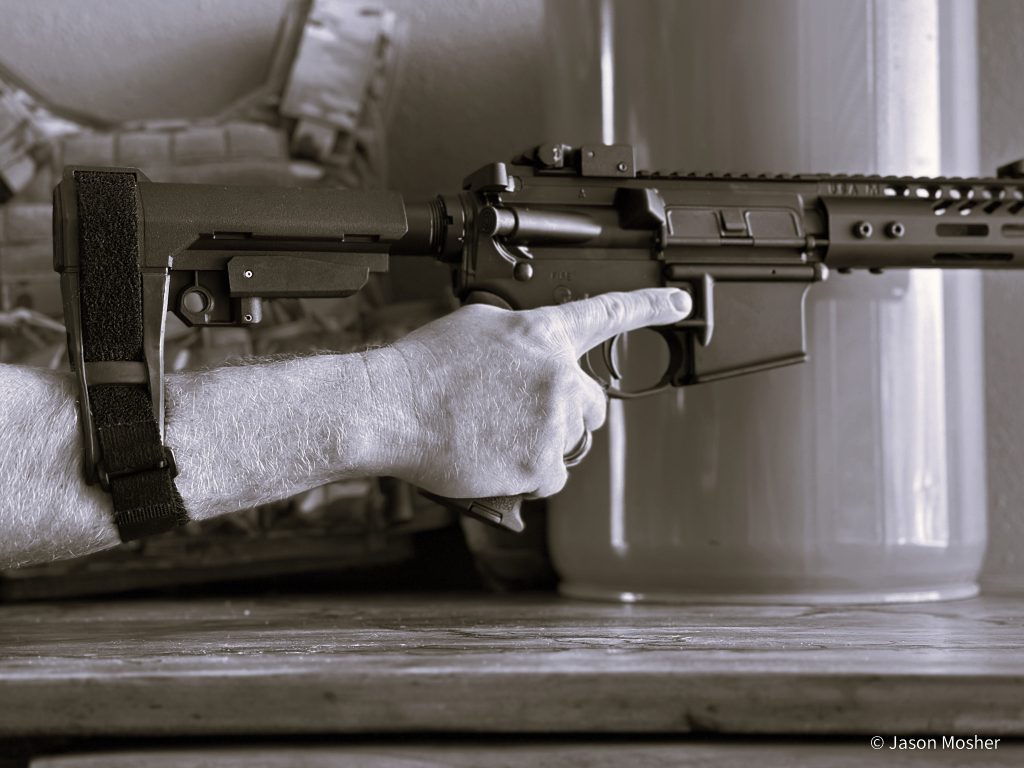
The rule was criticized for being vague. The rule’s “factoring criteria” included subjective things. These were “eye relief of the optic, the weight of the platform, and the general public’s likely use of the weapon”. This gave the ATF broad power. The rule did not affect braces for people with disabilities. Gun rights advocates saw this as the Biden administration trying to “circumvent Congress”. They felt it was an attempt to impose gun control without new laws.
The rule included a 120-day “amnesty period.” It ran from January 31 to May 31, 2023. This allowed people to register braced firearms as SBRs tax-free. Other options included removing the brace or changing the barrel. Some chose to destroy the firearm.
The ATF’s changing stance on pistol braces is concerning. They first approved their use. They said braces did not create SBRs. Then, they suddenly reversed course with the 2023 rule. This shows a pattern of administrative overreach.
This regulatory flip-flopping caused great confusion. It made millions of law-abiding gun owners criminals overnight. Such actions suggest an agency trying to legislate through rules. This bypasses the proper democratic process of Congress. This inconsistency hurts public trust in the agency. It highlights the need for judicial oversight. Courts must ensure agencies act within their legal power. They must provide clear, stable guidance. They should not issue arbitrary, changing rules.
The Legal Battle and Government’s Retreat
The ATF’s pistol brace rule started on January 31, 2023. It quickly led to many lawsuits. Gun rights groups and individuals filed challenges. They argued the ATF went beyond its authority. They said the rule was unfair. Key cases included
Mock v. Bondi (formerly Mock v. Garland) and FRAC v. Garland. Courts mostly sided with gun owners. In August 2023, the Fifth Circuit Court of Appeals ruled in Mock v. Garland. It found plaintiffs “likely to succeed on their administrative-law claims.” This is because the ATF had “impermissibly altered its initial approach”. The Fifth Circuit had already “warned the Justice Department that the rule was likely an overreach by ATF”.

In August 2024, the Eighth Circuit agreed in FRAC v. Garland. It called the rule “arbitrary and capricious”. It said the rule made it “nigh impossible for a regular citizen to determine what constitutes a braced pistol, and… whether a specified braced pistol requires NFA registration”. These rulings effectively stopped the rule for many gun owners.
The federal government faced many legal losses. Courts clearly signaled problems. So, the federal government “waved white flag on Pistol Braces in Legal Challenge”. In July 2025, the government agreed to drop its appeal in
Key Milestones in the Pistol Brace Legal Challenge
| Date/Period | Event/ATF Action/Court Case | Significance/Outcome |
| 2012-2017 | ATF issues various opinions, including 2017 letter clarifying braces don’t convert pistols to SBRs | Established a period of perceived legality, leading to widespread adoption of pistol braces by gun owners. |
| Jan 13, 2023 | Attorney General signs ATF Final Rule 2021R-08F | Reclassified many braced pistols as SBRs, triggering NFA regulations and massive public outcry. |
| Jan 31, 2023 | Rule published in Federal Register; 120-day amnesty period begins | Forced gun owners to register their braced firearms tax-free as SBRs or face felony charges, seen as a “registration scheme.” |
| May 31, 2023 | Amnesty period ends | Deadline for compliance, after which unregistered braced SBRs were considered illegal NFA items. |
| July 2023 | Mock v. Bondi District Court issues summary judgment in favor of plaintiffs | District Court vacates ATF’s rule, a major initial victory for gun rights advocates. |
| Aug 2023 | Fifth Circuit finds Mock v. Garland plaintiffs likely to succeed on administrative-law claims | Appellate court signals the rule’s likely invalidation, reinforcing the legal challenges. |
| Aug 2024 | Eighth Circuit in FRAC v. Garland finds rule “arbitrary and capricious” | Another circuit court invalidates the rule, further demonstrating its legal weakness and lack of clarity. |
| Week of July 18, 2025 | Federal government dismisses its appeal in Mock v. Bondi | Government concedes, rule is effectively vacated, marking a clear and monumental victory for gun rights. |
| As of 2025 | Pistol brace legality largely intact following court decisions | Braces are affirmed as legal accessories when used on firearms meeting the legal definition of a pistol, provided they are not modified to function as SBRs. |
Navigating the Aftermath: What These Changes Mean for Gun Owners
For Those Who Registered Under the Pistol Brace Amnesty
Millions of gun owners faced a tough choice. During the 120-day amnesty, they could register braced pistols as SBRs. This was tax-free. Other options included removing the brace or changing the barrel. Some chose to destroy the firearm. Many registered, turning their pistols into NFA-regulated SBRs. Now, the rule is gone. These individuals are in a unique legal spot. If a firearm was registered as an SBR under amnesty, it is still a legal SBR. The pistol brace rule being vacated means new braced pistols are not SBRs. But it does not automatically unregister those already registered. The serialized part (lower receiver) is registered as an SBR. It stays in the National Firearms Registration and Transfer Record (NFRTR). It remains there until actively removed.
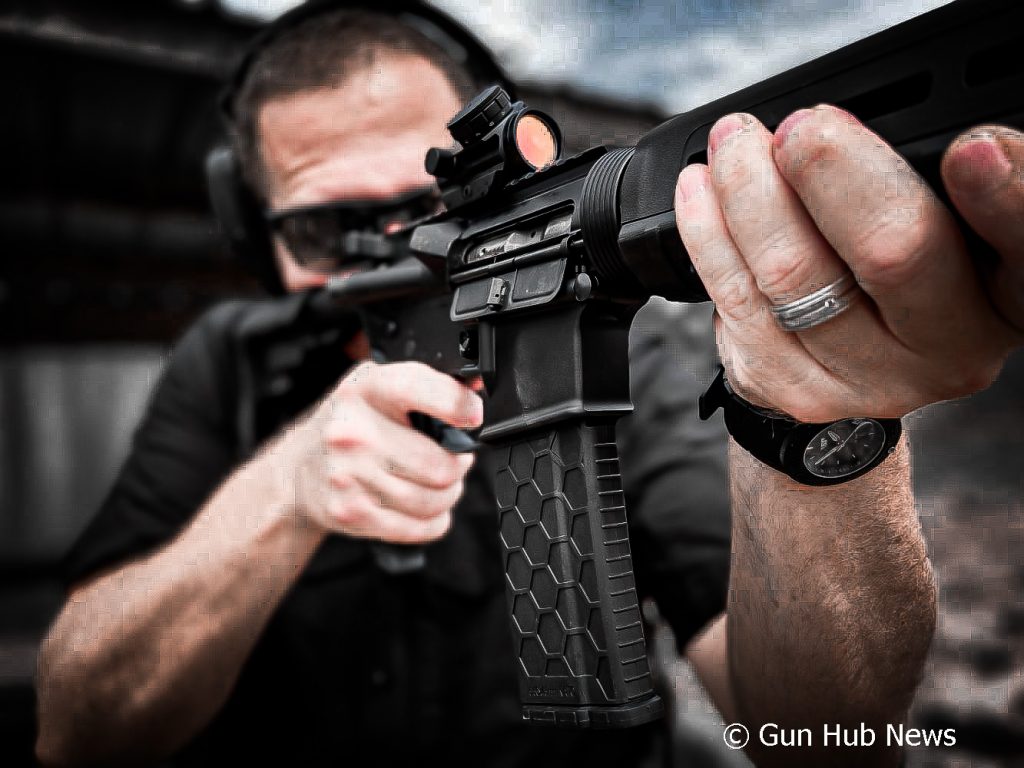
The vacated pistol brace rule is a win. But it leaves a legal problem for amnesty registrants. The rule’s invalidation does not undo registrations. These individuals now own NFA-regulated SBRs. They may not have wanted them under normal rules. They must now choose. Keep the NFA item, or go through a process to make it a Title I firearm. This creates a burden for law-abiding citizens. They followed a rule later found unlawful. This situation underscores a critical flaw in arbitrary rulemaking. Even when corrected, it causes confusion. It creates compliance issues and potential legal exposure for citizens.
Options for Amnesty Registrants:
- Keep the SBR Registration: You can keep your firearm registered as an SBR. This allows a stock to be attached legally. It is now a rifle. However, it still follows NFA rules. You must tell the ATF about permanent changes. These include caliber or length. Interstate travel may also require notice. Transferring it needs an ATF Form 4. This is a long process.
- Deregister the SBR and Revert to Pistol/Title I Rifle: This is the best way to remove the NFA SBR status. The firearm must be physically changed. It cannot meet the SBR definition anymore. For example, remove the brace. Or, attach a barrel 16 inches or longer. Then, send a letter to the ATF. Ask them to remove the SBR from the NFRTR. The ATF states it’s “not a requirement” to remove it. But they “highly recommend” telling the NFA Division. This process can take 3 months or more. Once deregistered, it becomes a Title I pistol or rifle. This makes selling or transporting easier without NFA paperwork.
Important Considerations:
- Engraving: If an SBR is deregistered and sold as a Title I firearm, the original SBR engraving stays. If a future buyer wants to make it an SBR again, they must re-engrave it. This includes their own information.
- “Once a Rifle, Always a Rifle” Clarification: If a firearm started as a pistol, it can become a pistol again. This happens by removing it from the NFA registry. Then, reconfigure it. The “once a rifle, always a rifle” rule usually applies to firearms made as rifles. It does not apply to pistols temporarily made into SBRs.
Options for Pistol Brace Amnesty Registrants
| Option | Description | Key Considerations/Steps | NFA Status After Action |
| Keep SBR Registration | Retain the firearm as an NFA-registered Short-Barreled Rifle (SBR). | Allows legal attachment of a stock. Remains subject to NFA regulations (e.g., interstate travel notification via ATF Form 5320.20, though not always required for temporary travel if in Title 1 config; Form 4 for transfer). Original engraving remains. | Registered SBR (Title II) |
| Deregister SBR and Revert to Pistol/Title I Rifle | Remove the firearm from the NFRTR and reconfigure it to a Title I firearm (pistol or rifle). | Physically modify firearm to non-SBR configuration (e.g., remove brace, attach 16″+ barrel). Send letter to ATF requesting NFRTR removal. Process can take ~3 months. Original engraving remains; new buyer might need to re-engrave if re-SBR’d. | Unregulated Pistol or Rifle (Title I) |
A Path Forward for Freedom
This is a key moment for Second Amendment rights in the U.S. The One Big Beautiful Bill removed the NFA tax stamp cost for important items. Legal wins against the ATF’s pistol brace rule confirmed limits on agency power. These are not separate events. They are linked victories. They show how weak rules built on shaky legal grounds are. They also show the power of ongoing advocacy.
The path ahead has challenges. Expect continued resistance and legal battles. This is especially true from those against gun rights. But the base of federal firearms law has been shaken. Legal arguments against the NFA’s registration without a tax are strong. The courts have shown they will check executive agencies. They will act when agencies go too far. For law-abiding gun owners, there is new hope. This means a future where Second Amendment rights are less burdened. Fewer arbitrary taxes and rules will exist. Federal control over firearms will align more with constitutional principles.
The fight for freedom goes on. But with these recent wins, liberty has the momentum.

